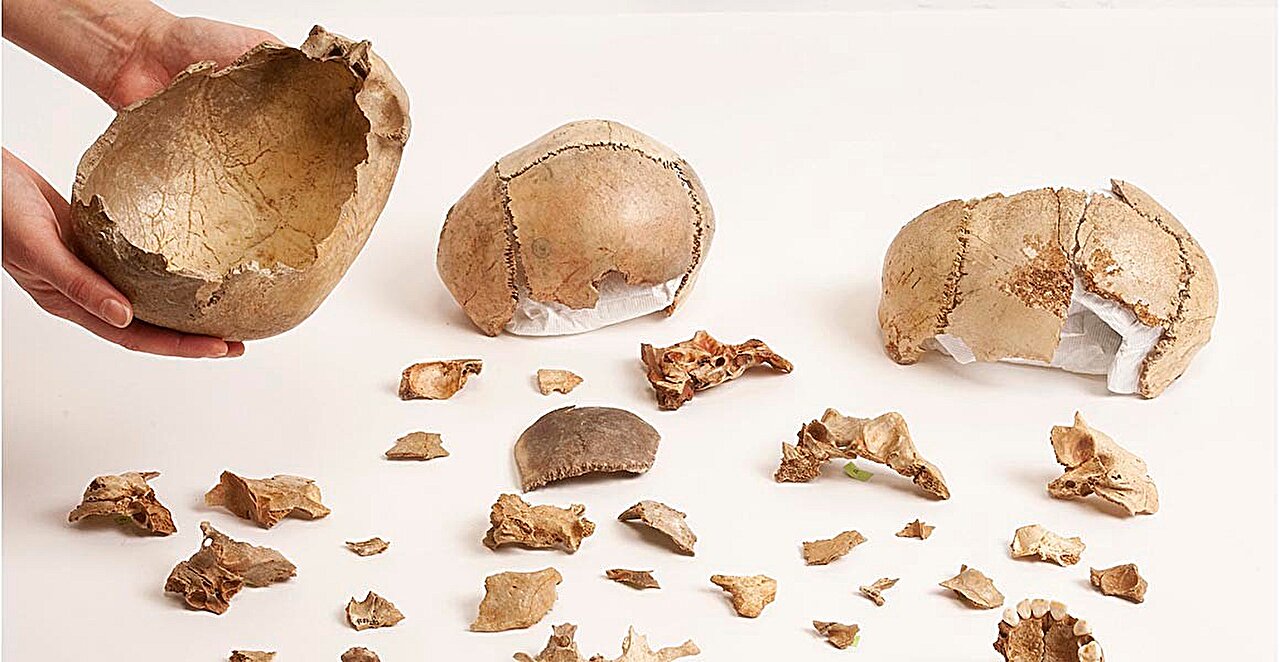The remains of human bones with cutmarks, breaks and human chewing marks found across northern Europe show that some human groups living around 15,000 years ago were eating their dead not out of necessity, but as part of their culture.
While in the modern day most people will either bury or cremate their dead, some of our ancestors did things a little differently.
Gough’s Cave is a well-known paleolithic site in south-eastern England. Nestled in the Cheddar Gorge, the cave is perhaps best known for the discovery of 15,000 years old human skulls shaped into what are believed to have been cups and bones that had been gnawed by other humans.
But were the people living in Gough’s Cave a gruesome outlier, or where they actually part of a wider cannibalistic culture of northern Europe? A new paper now suggests that they were not alone. Human remains dating to the same time period from across northern and western Europe and attributed to the same culture, known as the Magdalenian, also show evidence that they were cannibalized. This suggests that the eating of the dead was a shared behavior during the late Upper Paleolithic.
Dr. Silvia Bello is an expert on the evolution of human behavior working at the Natural History Museum and was part of this latest study published in Quaternary Science Reviews.
2023-10-06 07:48:03
Link from phys.org
